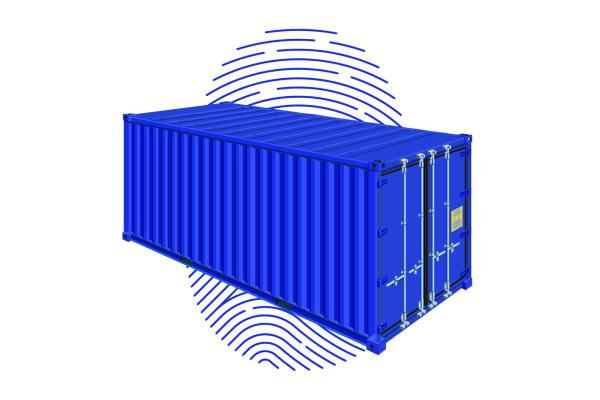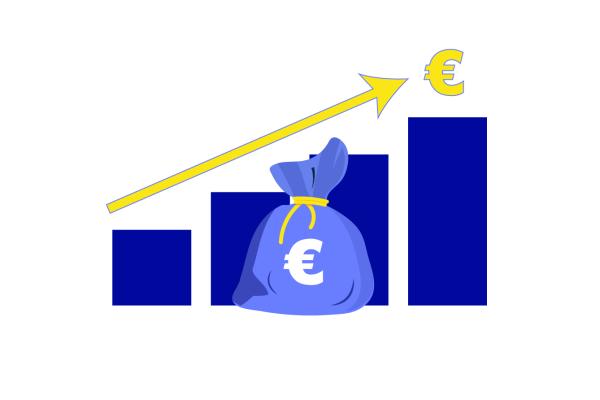Facts and Figures present the EU Custom Union in numbers. The Customs Union is essential for the proper functioning of the single market. National customs services in all EU countries work together as one to manage the day-to-day operations of the Customs Union.
Each year, hundreds of indicators are collected directly from the Member States, annually or quarterly. This unique set of information is completed by data from other sources available to the Commission and it covers a broad spectrum of areas, including EU trade, customs protection (financial and non-financial risks), customs facilitation and cooperation, and duties. Facts and Figures are based on the analysis of this data on an aggregated level.
Customs Fact and Figures

The EU Customs Union is essential for the proper functioning of the single market. In practice, National customs services in all EU countries work together as one to manage the day-to-day operations of the Customs Union.

Customs authorities are in the front line in the fight against fraud, terrorism and organised crime, cooperating effectively with administrations and agencies responsible for other relevant policies with border and internal security implications.

The Union Customs Code aims to maintain a proper balance between customs controls and facilitation of legitimate trade, to enable the EU to prosper and develop competitive businesses.

Customs duties are one of the sources of income for the EU and its Member States.

The EU has signed more than 50 international agreements providing for customs cooperation and mutual administrative assistance with 80 countries outside the EU to support controls and enforcement and to simplify and harmonise customs procedures.

Member States Customs websites

